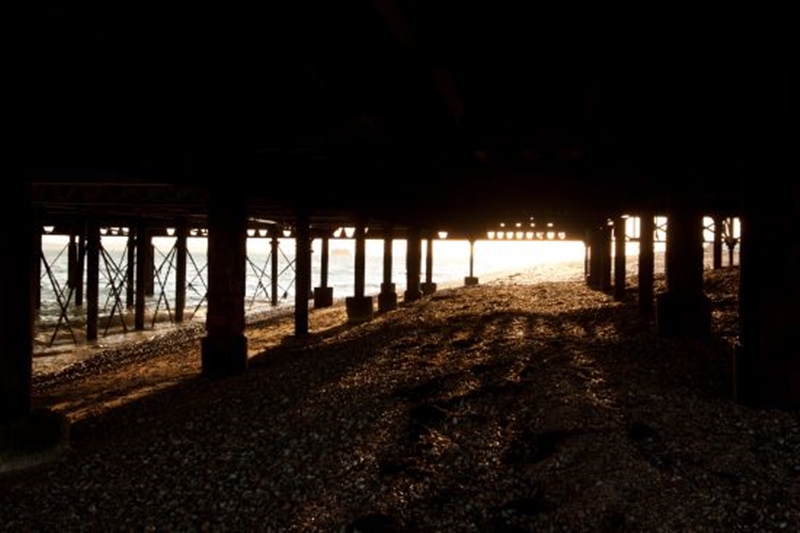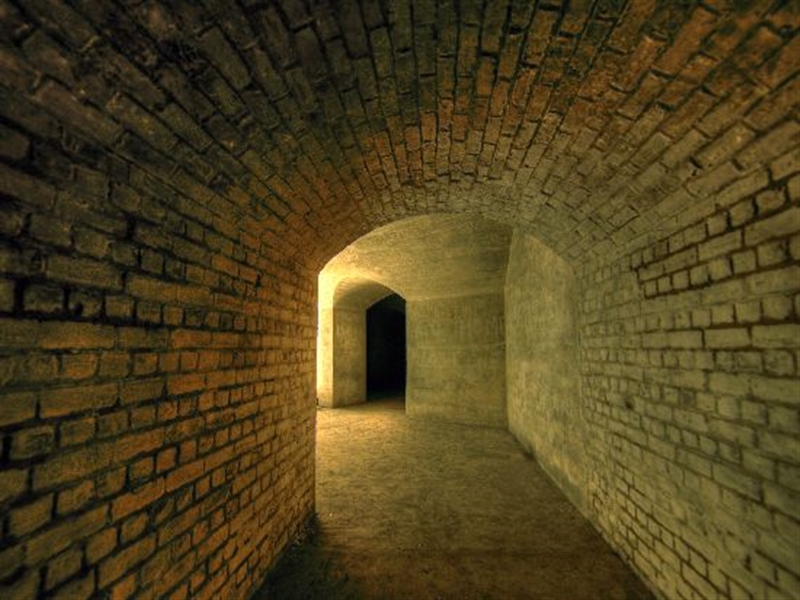Extracts from Notes on the Form of Kabuki
Part 1 and Part 2 (1954) by Earle Ernst
An important historical fact in the development of the Kabuki is that it was a theatre of commoners in a feudal society. The Kabuki began, according to tradition, with performances by an ex-priestess, Okuni, in the city of Kyoto in 1596.
The Kabuki is primarily a theatre of the actor, and his influence is nowhere more apparent than in the historical development of the physical theatre. The earliest permanent stage used was an adaptation of the No stage, which consisted of two acting areas: the stage proper, approximately eighteen feet square, and the “bridge,” a long plat- form, six feet wide, which led from the dressing room to the stage proper. Both acting areas were roofed. In part, the history of the development of the physical theatre is that of gradual modification of the No theatre, so that eventually the Kabuki created an entirely new form. This gradual process was greatly aided by the fires which periodically and frequently destroyed not only theatre buildings but also large sections of Japanese cities. The Kabuki, consequently, was never encumbered with a permanent form of theatre build- ing. The vigilant government made regulations concerning the auditorium, but it made none about the acting areas.
The hanamichi is something more than a long, relatively narrow, raised platform through the auditorium by means of which an important character moves to and from the stage. It is a kind of special, intimate stage used almost invariably by the actor alone, and the theatrical use to which it is put makes it unique in theatre history. The hanamichi is transmutable into three psychological areas. It is used as an area spatially continuous with the stage; it can be related to the stage but defined as a spatially differentiated area; or it is used as a completely independent stage.
The development of the physical theatre of the Kabuki offers a startling contrast to that of the Western theatre since the Renaissance. In the Western theatre, generally, the movement has been distinguished by increasing with- drawal of the actor from the audience, both spatially and psychologically, and the creation of a line of division, phy- sically reinforced by the proscenium, between stage and auditorium. Behind this line, the actor came to move in an illusory world in which he related him- self to the mise en scene. In the Kabuki, on the contrary, the movement since the early seventeenth century has been to- ward and through the audience. The use of increasingly elaborate settings did not result in the establishment of an illusory world, for the settings constituted a generally flat, decorative back- ground against which the actor played. Despite the introduction of the proscenium arch and modern lighting instruments, the Kabuki remains essentially what it always was: a non-representational form of theatre.
Ernst, E. (1954). Notes on the Form of Kabuki, I. Educational Theatre Journal, 6(3), 201-209
A basic characteristic of the Japanese Kabuki theatre is its emphasis upon the pure theatricality of the performance and its consequent avoidance of illusion. Kabuki settings are elaborate, large, and colourful, but their purpose is that of stage decoration, not of disguising the stage so that it will pass for a “real” place. Scene changes taking place before the eyes of the audience.
The personal servant, as it were, of the actor onstage is the kurombo or the koken. The kurombo (“black fellow”) is dressed entirely in black (a fact which in Oriental artistic convention makes him invisible), and a black hood covers his face; while the koken wears the formal dress of the Tokugawa period (1603-1868), and his face is uncovered. The costuming used in a given piece de- pends upon its visual suitability to the stage picture.
Kabuki movement, though fluid and graceful, tends finally toward a posture; its most significant moments are thus not realized in movement but in the achievement of a static attitude. In this respect, the movement exhibits a characteristic pattern of the Kabuki performance at large, which is realized, not in a cumulative, symphonic form, but in a single line of progression which at certain intervals solidifies into a significant tableau. The most expressive moment of the Kabuki actor is in the mie (rhymes with we say), a static attitude preceded by increasingly rhythmic movement which reaches an equilibrium in this pose. The mie is, of course, not a realistic attitude; its essential quality is that of balanced, sculptural tension.
Ernst, E. (1954). Notes on the Form of Kabuki, II. Educational Theatre Journal, 6(4), 303-310
Documentaries
Kabuki (歌舞伎) is a classical Japanese dance-drama. Kabuki theatre is known for the stylization of its drama and for the elaborate make-up worn by some of its performers.
The individual kanji, from left to right, mean sing (歌), dance (舞), and skill (伎). Kabuki is therefore sometimes translated as “the art of singing and dancing”. These are, however, ateji characters which do not reflect actual etymology. The kanji of ‘skill’ generally refers to a performer in kabuki theatre. Since the word kabuki is believed to derive from the verb kabuku, meaning “to lean” or “to be out of the ordinary”, kabuki can be interpreted as “avant-garde” or “bizarre” theatre. The expression kabukimono (歌舞伎者) referred originally to those who were bizarrely dressed and swaggered on a street.
This 35-minute documentary film is about Ennosuke Ichikawa, aka Ennosuke III, the third in a line of great Kabuki actors in Japan.
THEATRE -Japan KABUKI from James Matheny on Vimeo.
Full Productions
A Kabuki production in Japanese can be watched here. You can find a summary here.
A kabuki production in English directed by Grant Shen at Asian Theatre Laboratory, 1998 can be watched here. His article to accompany this production can be found here.














